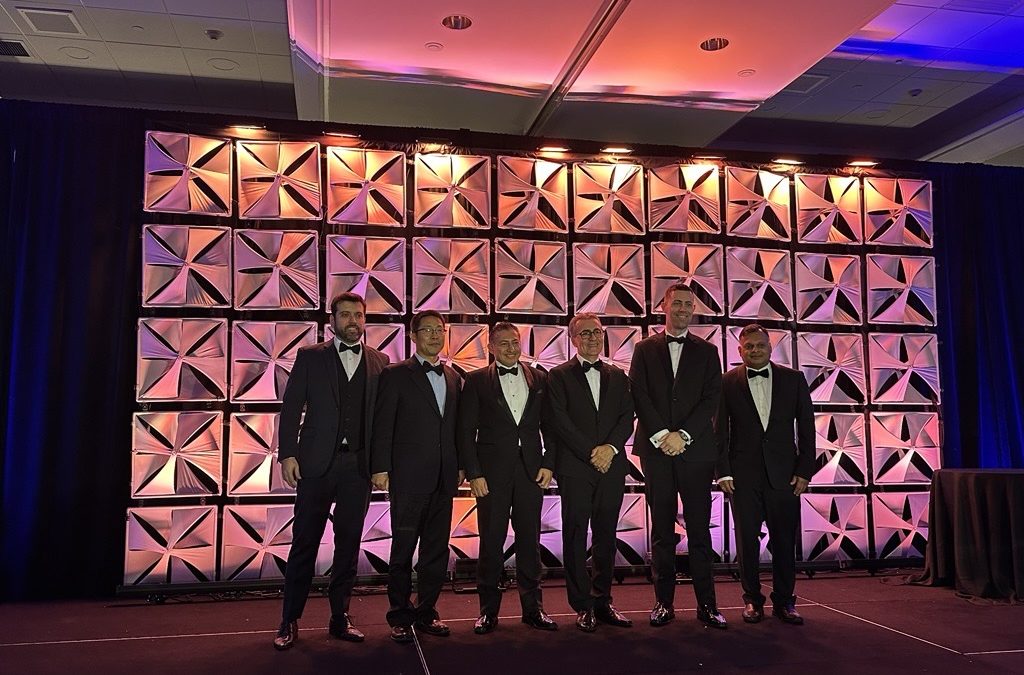Introduction
Demand for oil is expected to grow annually by 1.2% on an average and reach 105 million barrels per day by 2025. The oil industry faces a relentless challenge of meeting high energy need, as easy oil extraction is a thing of the past. As the producing wells get older, their natural pressure reduces, due to which the production declines. The decline in production can seriously affect the profitability of the well. In order to maintain the production level, companies incorporate secondary techniques of extraction, such as artificial lifts. “Artificial lifts are equipment used for secondary oil and gas recovery. They are installed to increase reservoir pressure and boost oil production from wells that have reached maturity and stopped producing oil through natural reservoir pressure”.
More than 94% of the wells globally will require artificial lifts at some point of time in their asset life cycle and 90% of the existing wells use an artificial lift system to remove water. The demand for artificial lifts is expected to grow, from both conventional and unconventional wells. Although conventional wells require them at a later stage, unconventional wells utilize them at an early stage due to their faster depletion rate.
The following are major types of artificial lifts:

Need for Artificial Lifts—Unleashing Oil Field Productivity

Global Scenario of Artificial lifts Market

The Oil and Gas market will grow at a relentless pace and the demand for oil is expected to grow at 1.2% annually. The main contribution for the surge in oil demand is expected from the transportation sector (over 90%). Developing countries are projected to contribute more, as rapid growth is expected in the transportation sector in these countries. The artificial lifts market will witness a sharp decline in 2015 due to the global oil price crash and is expected to remain low throughout 2016. According to Frost & Sullivan analysis the artificial lifts market is expected to recover at the beginning of 2017, with a market size of $12.97 billion. As most of the wells are at their maturity stage, use of artificial lifts is inevitable. However, many oil and gas companies have slashed their CAPEX for 2015 and expected to reduce their CAPEX in 2016 as well. On one hand, the combination of low oil price and reduction in CAPEX has a significant impact on artificial lifts market. On the other hand oilfield service companies are trying to optimize and restructure their operations by focusing on their core competencies. Artificial lifts segment is an important business segment for the oilfield service companies and they are trying to revive this market by providing innovative solutions. This market is primarily driven by producing well population that have reached their peak production level through natural production pressure. Globally, about 90% of the producing wells use some form of artificial lifts; 94% of the oil wells will need artificial lifts or pump at some point in their life cycle. Of the existing oil and gas wells, 90% that require water removal use some form of artificial lifts. The artificial lifts market is forecast to have a bright outlook in the near future, as 70% of the world’s oil and gas production is derived from mature fields. The market is driven by technological innovation. Demand is expected mainly come from unconventional wells, new horizontal wells, and offshore wells.
Key Region Contributing to the Growth of Artificial Lifts Market
Total Artificial Lifts Market: Revenue Forecast by Region, Global, 2011–2017
North America is expected to maintain its 52.8% market share, mainly driven by declining production from mature conventional fields and by the early decline of production from horizontal wells. Europe holds 16.1% market share in terms of revenue and is expected to continue as such till the end of 2015 as no new project is expected to come on-stream due to the recent decline in crude oil prices. Although Europe has approximately 25 billion barrels of oil and 125 Tcf of gas to be extracted, local government policy and increase in tax structure are retraining companies from investing in new projects at current oil prices. Asia-Pacific is forecast to be the third-largest contributor to the artificial lifts market in terms of revenue, mainly due to growing energy demand and large-scale investments in India, China, Malaysia, and Singapore. Although Asia-Pacific would remain a net importer of oil and gas, the need to drive toward self-sufficiency is likely to help it maintain market share. Latin America is the fourth-largest contributor, with 13% of the total artificial lifts market. The short-term outlook for the artificial lifts market in Latin America is skeptical, as companies have cut their spending on new wells due to low crude oil prices.
Artificial Lifts Market Analysis by Product Type
ESP and rod lifts are the two most widely used artificial lift systems globally, and together contribute 80% of the total revenue. Electrical submersible pumps are especially effective in wells with low bottomhole pressure, low gas/oil ratio, low bubblepiont, high water cut, or low API gravity fluids. Apart from this, ESPs are cost effective and low on maintenance. Most oil fields around the world have low-to-medium API gravity, which makes ESP the most preferable artificial lift system. The ESP market share declined from 54% in 2011 to 46% in 2012, mainly due to the high initial capital cost, which oil companies were trying to reduce as a cost-cutting measure. However, rod lifts are regaining market share after a slump till 2010. Their market share increased from 25% in 2011 to 31% in 2012. Plunger lifts and gas lifts are also forecast to experience a strong growth rate due to decline in pressure in oil and gas fields around the world.
Competitive landscape of Artificial lifts Market
- The top 6 companies held 78.2% market share of the global artificial lifts market in 2014.
- Halliburton, which did not have a strong portfolio of artificial lifts, jumped to #2 with its acquisition of Baker Hughes.
- The rod lifts segment’s share is solely held by Weatherford, which offers a wide range of rod lift systems.
- Other rod lift manufacturers include Lufkin (now part of GE Oil & Gas), Dover, Tenaris, Sentry Shores, and UPCO.
- Baker Hughes and Schlumberger, which rose strongly during 2006–2009, lost share as they do not have a line of rod lift systems.
- Dover expanded its presence in the PCP segment through the acquisition of Oil Lift Technology, Inc. and Accelerated Companies LLC.
- GE Oil & Gas acquired Lufkin Industries, a leading manufacturer of rod lift systems, and, through this, consolidated its position at #4.
Conclusion
A 35% growth is expected in new wells drilled globally between 2013 and 2020, to drive a 17% rise in global oil and gas production. Although oil prices will be low throughout 2016 and artificial lifts market will have bleak outlook, demand is expected to surge beginning 2017 from both conventional and unconventional wells. Despite conventional wells requiring them at a later stage, unconventional wells utilize artificial lifts at an early stage due to their faster depletion rate. North America is expected to be the highest contributor to the artificial lifts market due to the increase in oil and gas production from unconventional resources. Irrespective of fall in crude oil price, the artificial lifts market will witness a positive growth from 2017, as operators around the world are optimizing their operation by investing heavily on matured fields to extract every drop of crude oil.









